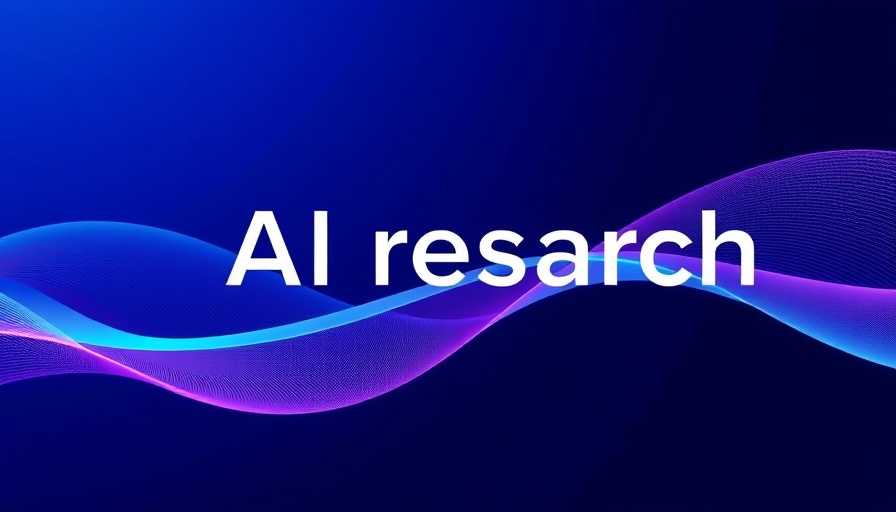
Understanding AI's Environmental Impact: A Growing Concern
A significant question looms over the burgeoning field of artificial intelligence: how much energy does AI actually consume? While tech giants position themselves at the forefront of innovation, their secrecy about environmental impact raises alarms among experts and concerned citizens alike. As Sam Altman, CEO of OpenAI, highlighted in a recent blog post, a single ChatGPT query consumes about 0.34 watt-hours of energy. But to put this figure into context, is it enough to understand the broader implications on our planet’s energy resources?
Why Transparency Matters in AI Energy Use
As AI becomes integrated into daily life—from chatbots and virtual assistants to complex decision-making algorithms—its energy consumption is becoming a critical issue. Luccioni, climate lead from AI company Hugging Face, argues that many AI services lack necessary transparency regarding their energy use and carbon footprint. With 84% of large language model traffic reportedly lacking environmental disclosures, the public is left guessing about the true costs of their AI interactions. If you can assess a car’s fuel efficiency beforehand, why not the energy consumption of AI models?
The Misleading Claims of Energy Comparisons
Confusion often arises when figures about energy consumption are cited without clarity. For instance, claims stating that a ChatGPT query requires ten times more energy than a Google search stem from ambiguous statements made by company officials. Luccioni’s ongoing research shows how easily misinformation can proliferate in the AI space, prompting the need for a more regulated and responsible approach to reporting. If business leaders and consumers fail to scrutinize such claims, misconceptions may lead to panic or apathy regarding AI's actual environmental impact.
Driving Change through Accountability
As stakeholders in tech and marketing industries evaluate the implications of AI use, there’s an urgent call for accountability. The climate crisis necessitates stringent regulations, informing consumers about the carbon footprint of the AI tools they depend on. Increased scrutiny and data transparency will not only affect consumer choice but also push AI companies toward more sustainable practices. For example, organizations like AI Transparency.org advocate for metrics that allow consumers to factor in AI efficiency when making decisions.
The Intersection of AI and Climate Responsibility
As CEOs and marketing managers in tech-driven sectors, understanding the intersection of AI application and climate responsibility is essential. With consumer awareness growing, businesses must adapt and position themselves as environmentally conscious leaders. Implementing energy-efficient AI models and disclosing energy consumption could lead to improved brand image and increased consumer trust. Importantly, fostering an environment that prioritizes sustainability will be pivotal as businesses navigate the AI-driven future.
Looking to the Future: AI’s Role in Sustainability
Despite the challenges that AI poses to energy consumption and carbon emissions, it also harbors potential as a powerful tool for sustainability. AI can optimize energy systems, streamline resource management, and improve efficiencies. Ultimately, the path forward requires a delicate balance whereby businesses leverage AI technology to minimize environmental impacts while simultaneously driving innovation and economic growth.
As we progress deeper into the AI revolution, awareness and accountability will dictate our collective response to environmental challenges. It’s time for CEOs and industry leaders to take a stand, push for transparency, and engage with the pressing question of energy consumption seriously.
Take Action Today! Engage with AI responsibly by advocating for transparency in energy consumption metrics. Business leaders must prioritize sustainability within their models and encourage a culture of accountability that benefits our planet.
 Add Row
Add Row  Add
Add 




Write A Comment